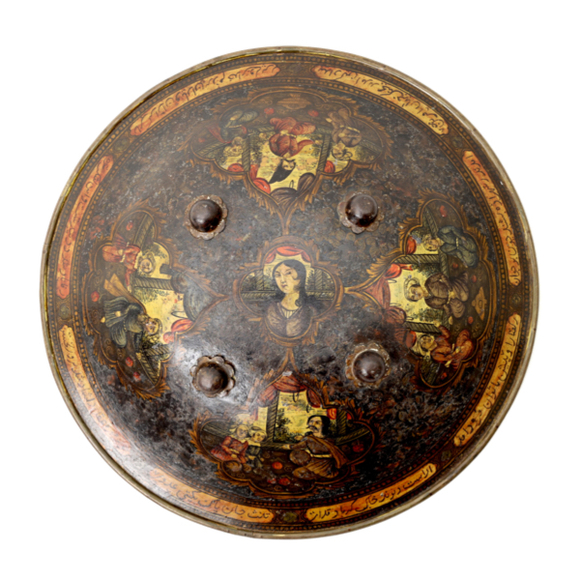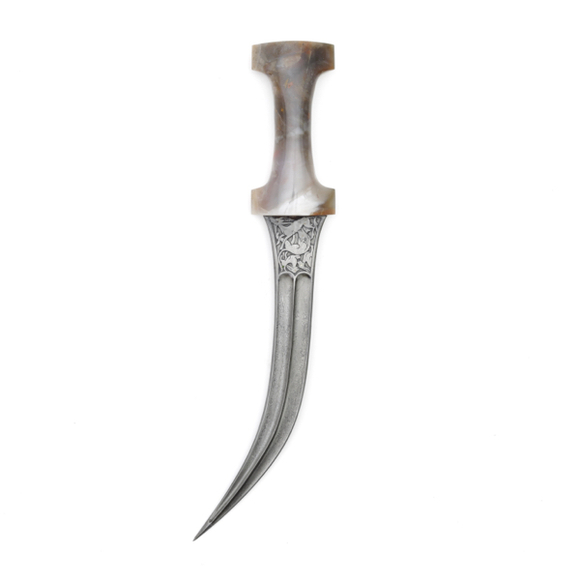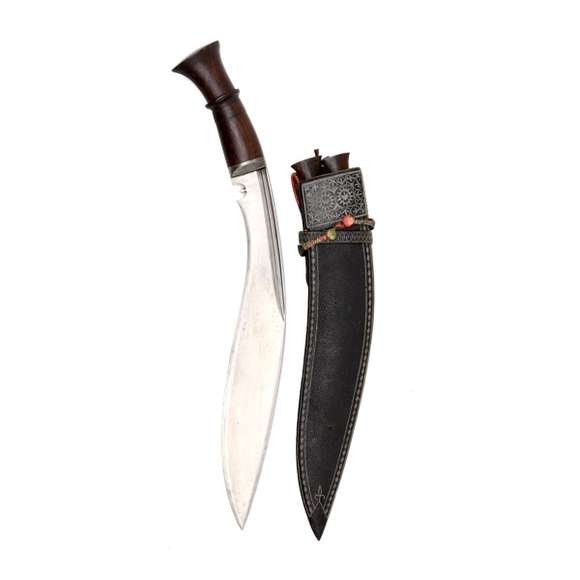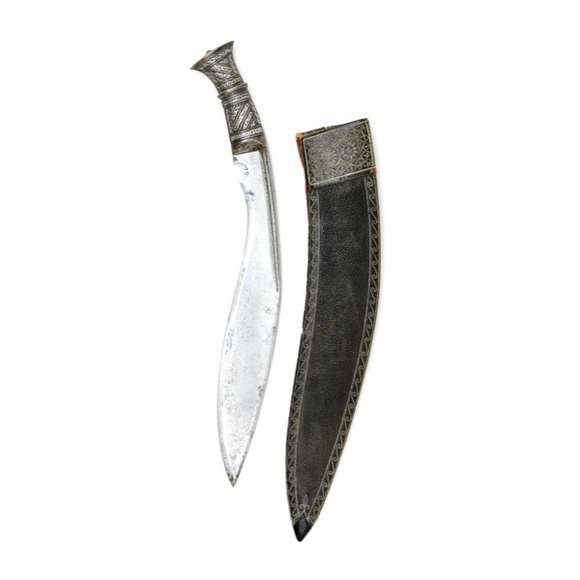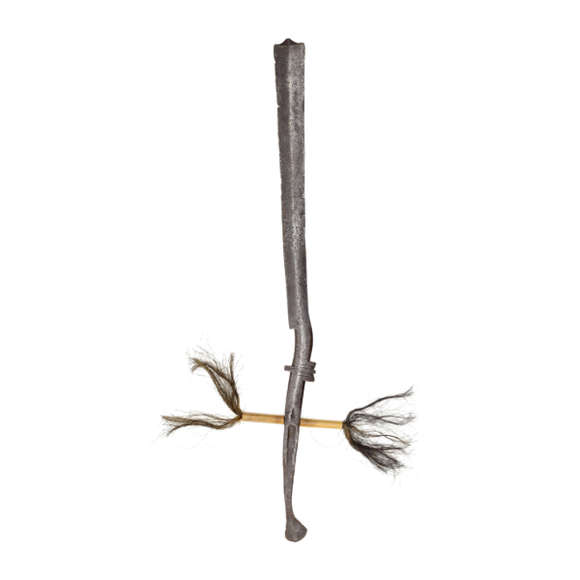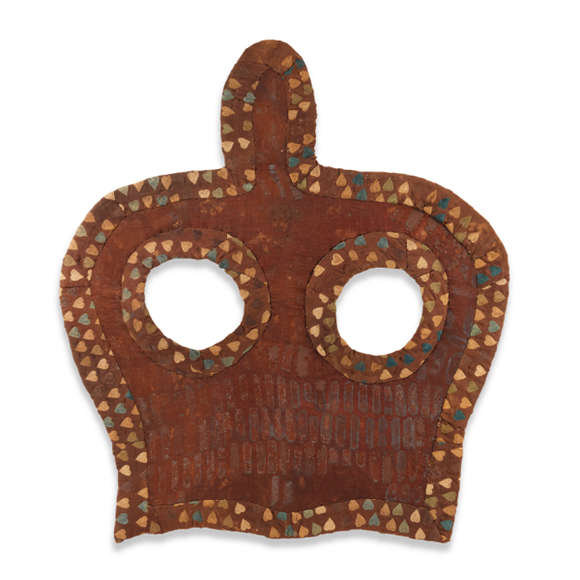Persian steel shield with fine Qajar style painted dome.

22.7 x 14.7 x 1.4 cm
Papier-mâché base, paint and gold under a lacquer varnish
Silver hinges and lock
Isfahan, Persia
Riza Al-Imami
Active around 1869 A.D.
Aalderink Oriental Art, Amsterdam
Introduction
European mirrors were traded to Persia from around the 1660s, and these precious objects were often stored in special, finely lacquered cases that became artworks on their own.
Known production centers included Shiraz, Isfahan, and Tehran. Especially the painters in Isfahan were of note.
This example
A Qajar period mirror case, painted with nightingales and roses, a common theme in Persian art called gul-u-bulbul a subtheme of the bird and flower gul-u-morḡ) genre in Persian art. Originally these motifs were copied from China art, but by the 17th century the Persians had made it their own.
"The rose symbolized perfection, beauty, and elegance, and the bird (nightingale) represented the human spirit in Persian mysticism. Together the pair stood as a metaphor for the loved and the beloved. This love could be both earthly and divine, symbolizing the soul's yearning for union with God."
-Pegah Eidipour, 2022
Persian Rose-and-Nightingale Paintings
World History Encyclopedia
The work on our case is particularly fine, and compares well to most museum examples. Flowers and birds are painted with tremendous precision, tiny brush strokes smaller than a human hair appear under high magnification.

It doesn't carry a mirror anymore. On the inside is now a manuscript page in fine calligraphy. It is a section of the Shahnameh "Book of Kings" by Ferdowsi. This 10th-11th century poem is the national epic of Persia. The poem was probably added outside of Persia, because it is upside down in relation to the case decoration.
Attribution to Riza Al-Imami
The distinct work style is attributable to Isfahan-based artist Riza Al-Imami.
An example by the same hand, this time signed by its maker, was purchased at the Paris Exhibition of 1867. It was specially commissioned for the Persian Pavilion during this event. It is now held in the Victoria & Albert Museum, accession number 922:1,2-1869.
"This very good specimen of Persian flower painting appears from the small inscription it bears to have been made to the order of His Excellency the Mueyyir il Mumalik Lord High Treasurer of Persia, who had charge of the collection and dispatch of objects for the Paris Exhibition of 1867."
-Robert Murdoch Smith, 1873
V&A Archives
Another fine example attributed to the same artist appears in "An exhibition of 50 pieces of Persian, Indian and Turkish Lacquer" by Bernheimer Fine Arts Ltd. London 1986. Item 27, page 19. Priced £16,500.
Another mirror case attributed to Riza Al-Imami appeared on Christie's:
Live Auction 7218, Art of the Islamic and Indian Worlds, April 4, 2006. Lot 159.
And a pen box:
Live Auction 1557, Art of the Islamic and Indian Worlds, Oct 9, 2014. Lot 58.
Condition
Pretty good condition, with only some minor losses to surface. See photos.









Nice Persian dagger with fine wootz blade and unusual hilt material.
An understated, elegant khukuri of substantial proportions with fine layered blade.
With iron, silver overlaid hilt. Its associated scabbard features fine quillwork.
This peculiar sword was used by the Garo people of Assam for fighting, clearing the jungle, and animal…
Silk horse mask from the Xianbei ruled dynasty which ruled northern China from 386 to 534 A.D.

